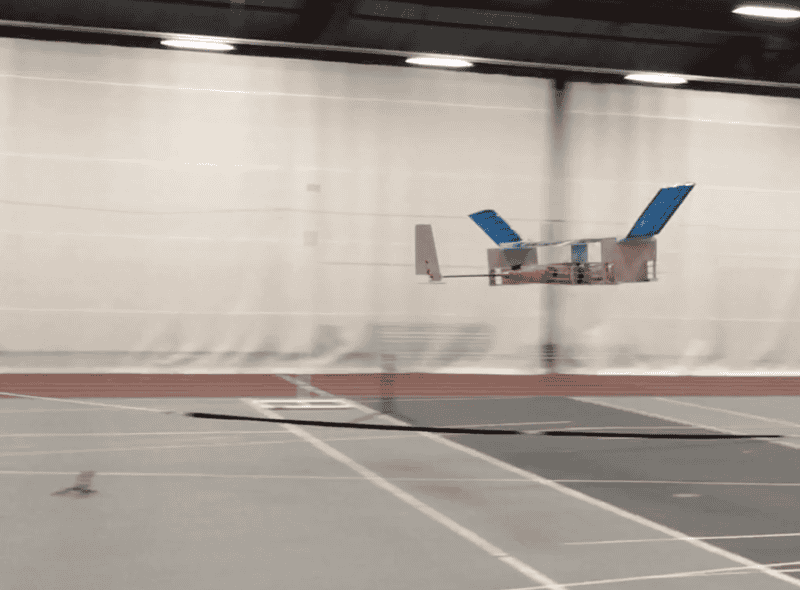MIT engineers announced today that they have made the first successful flight of an aircraft with no moving parts. The invention will provide a solution to the ever-growing fossil fuel consumption for flying small drones and lightweight aircraft. Steven Barrett, associate professor of aeronautics and astronautics at MIT said, “This is the first-ever sustained flight of a plane with no moving parts in the propulsion system. This has potentially opened new and unexplored possibilities for aircraft which are quieter, mechanically simpler, and do not emit combustion emissions.” This aircraft is powered by ‘ionic wind.’

The term ionic wind refers to the powerful flow of ions which are produced by the specially designed plane. The thrust is strong enough to lift the aircraft into a sustained steady flight. Since no moving parts are required for this technology, the technology is entirely silent. Barrett claims that the idea for this plane came from watching the futuristic shuttles which are featured on the TV show Star Trek. Barrett said, “This made me think, in the long-term future, planes shouldn’t have propellers and turbines. They should be more like the shuttles in ‘Star Trek,’ that have just a blue glow and silently glide.”

Nine years ago, an engineer began his plans for a propulsion system which had no moving parts. Initially, he had to fight the notion that it was impossible to produce enough ionic wind which can propel a large aircraft over sustained flights. The professor explained, “It was a sleepless night in a hotel when I was jet-lagged, and I was thinking about this and started searching for ways it could be done. I did some back-of-the-envelope calculations and found that, yes, it might become a viable propulsion system. And it turned out it needed many years of work to get from that to a first test flight.”

After several trials and errors, Barrett and his team were able to produce a 5-pound plane which featured a 5-meter wingspan and housed several thin wires that act as positively charged electrodes. The aircraft was equipped with a fuselage of lithium-polymer batteries. The lightweight place had a power supply which can produce 40,000 volts to charge the wires using a lightweight converter positively. The plane has already flown a distance of 60 meters, 10 times. Barrett believes that these first flights are just the beginnings. He said, “Going from the basic principle to something that flies was a long journey of characterizing the physics, then coming up with the design and making it work. Now the possibilities for this kind of propulsion system are viable.”


